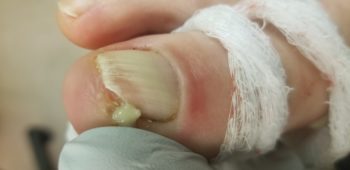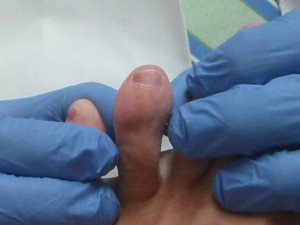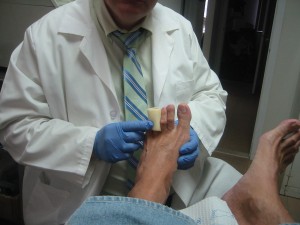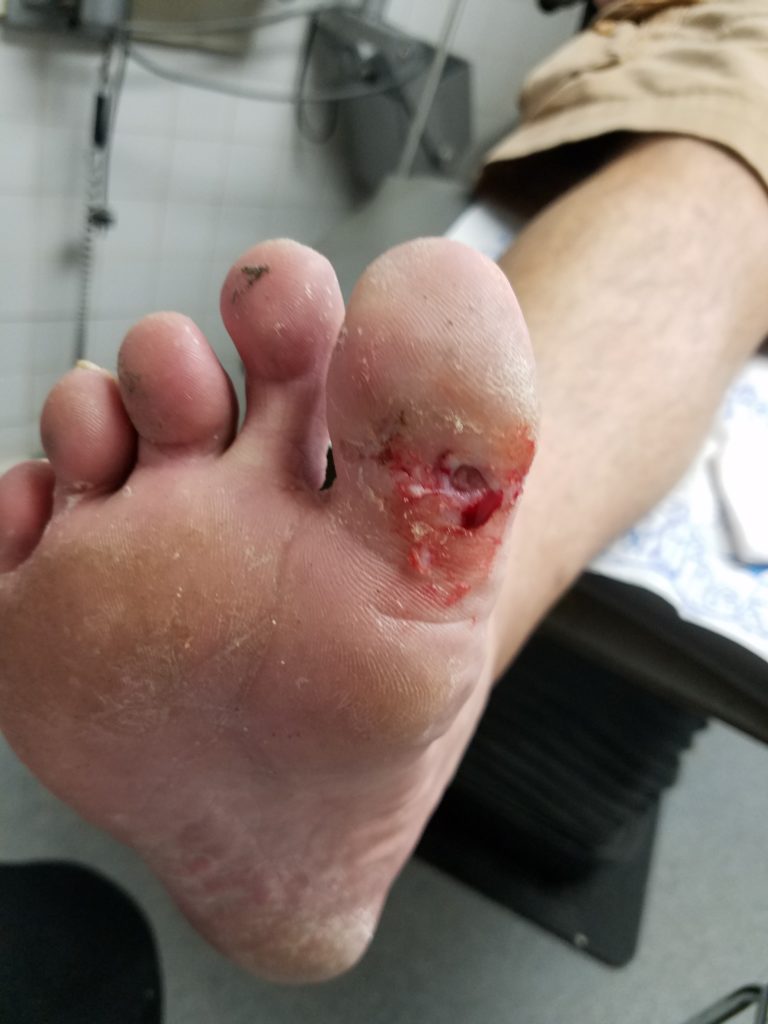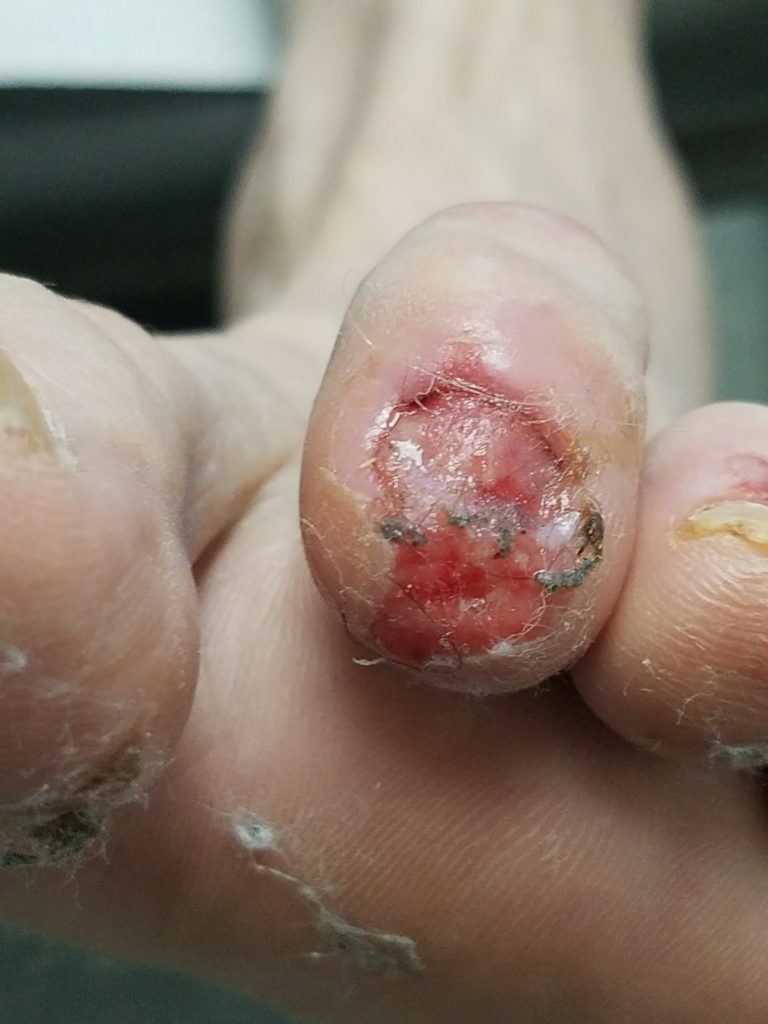Ingrown Toe Nails
Foot Doctor Specialist encounters a wide range of problems during the course of the day. One of the most common problems that a podiatrist encounters are paronychias, or better know as ingrown toe nails. Paronychias are nails that have grown into the skin and the body treats the nail like a foreign body. This means that the area can develop pus, severe pain, and a possible increase in body temperature. Sometimes, the ingrown toe nail may lead to cellulitis (skin infection) especially in patients that have various medical conditions like diabetes or heart conditions.
|
|
The Foot Doctor Specialist evaluates the patient’s medical status and decides on the best course of action. Usually the ingrown nail must be removed down to freely bleeding tissue and the area must be cleansed with an antiseptic. The Foot Doctor Specialist will then give the patient a list of instructions for post nail removal care.
Sometimes, the Foot Doctor Specialist will administer a nerve block on the toe involved in order to remove the nail. If the area is severely infected, the nerve block may require additional measures. The patient is usually sent home with a dressing and is able to return to normal duties the next day. The ingrown nail procedures that are performed are chosen on the overall clinical presentation of the patient. If the patient fails to treat this condition, the patient will experience severe pain, body infection, and possible death if left untreated.
Athlete’s Feet
The Foot Doctor Specialist can encounter a patient with tinea pedis, which is the medical term for athlete’s feet. Athlete’s foot is a fungal infection that causes various conditions on the foot. Usually the patient will experience an itchy rash on their feet with redness and/or flaking of the skin. The athlete’s feet must be treated with appropriate prescription medicine that may range from topical medicines to oral medications. The patient is also given a list of instructions involving the treatment for athlete’s feet. Athlete’s foot is a serious condition and should be treated separately from other conditions that may seem similar to athlete’s feet. When in doubt, you should visit a Foot Doctor Specialist to check out the condition of your feet.
Warts
One of the most painful foot conditions encountered by a Foot Doctor Specialist is called verruca which is the medical terms for warts. Warts are caused by a virus and can cause an incredible amount of pain to the patient depending on their location and size. Just walking becomes a hardship when the wart is located under your foot and is left untreated. Warts usually must be scraped and then acid is applied to burn out the virus. The treatment depends on the patient’s age and severity. Sometimes, warts may be excised in a minor surgical procedure. The Foot Doctor Specialist will determine the best treatment for each patient.
If you are suffering from any of the above conditions, you will need a foot care specialist. Why not call Foot Doctor Anthony Chionis – Podiatrist at one of his locations for free consultation by phone or email him at www.doctorchionis@aol.com.

